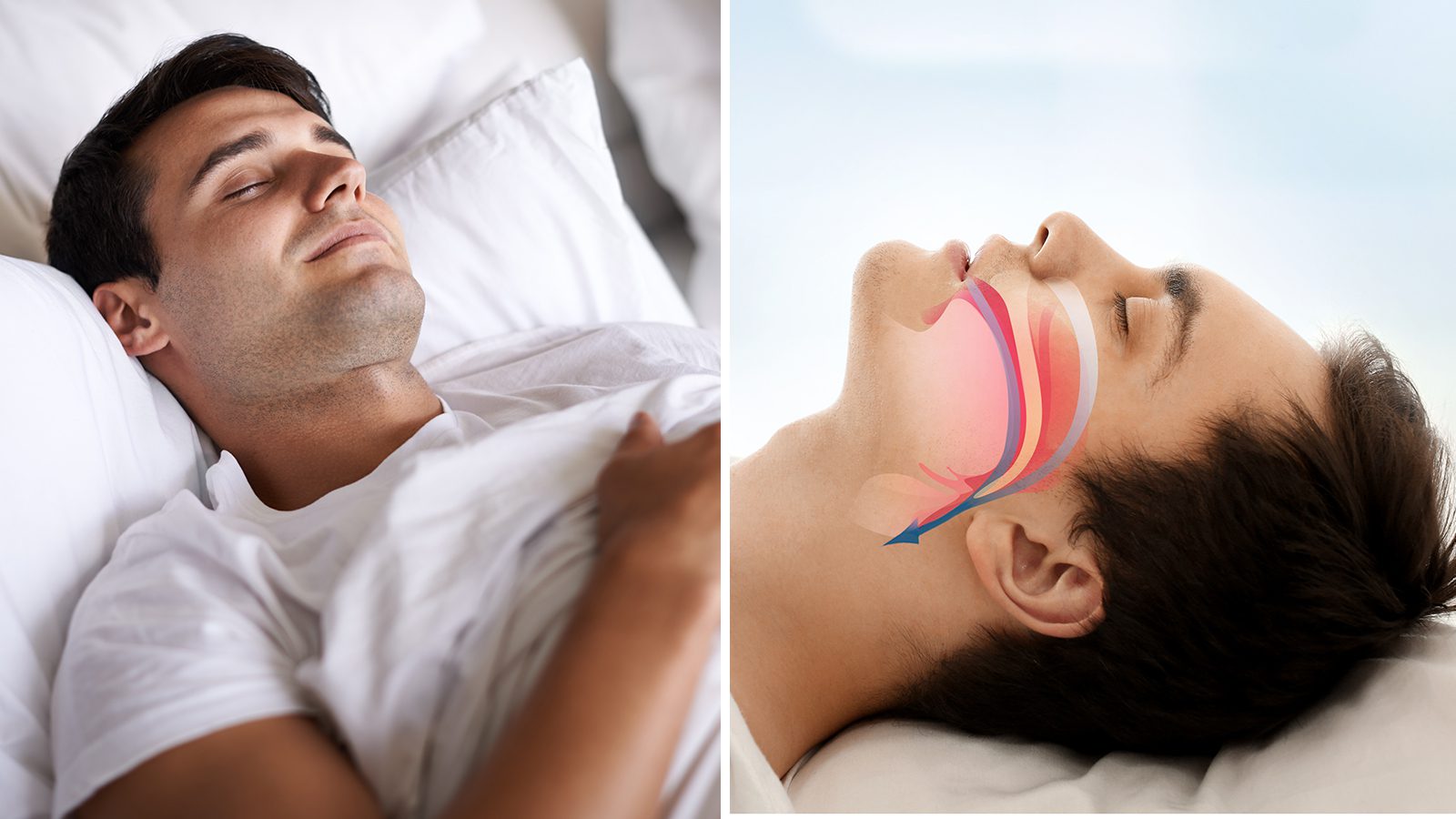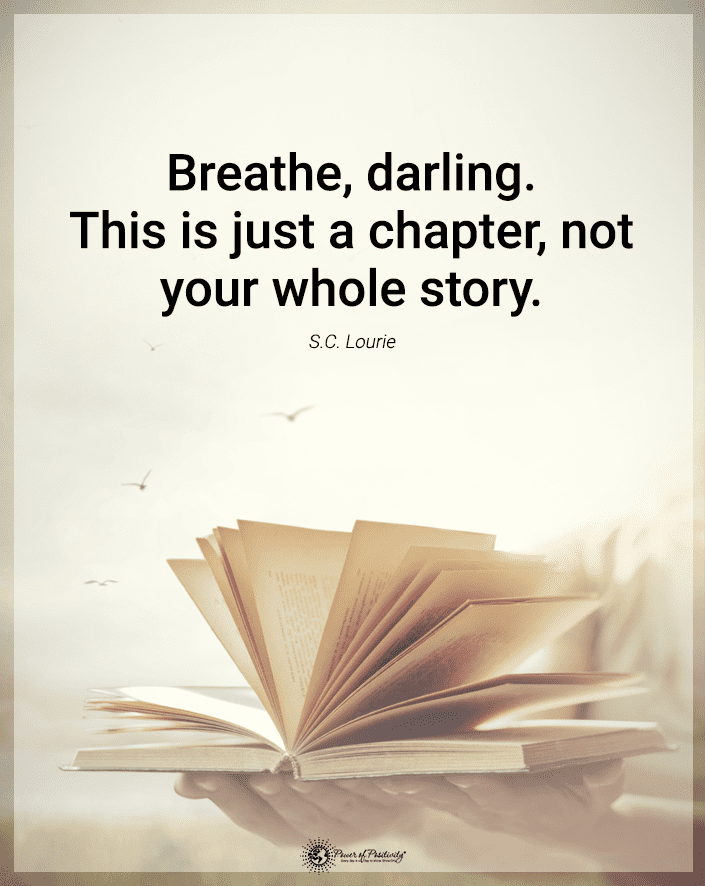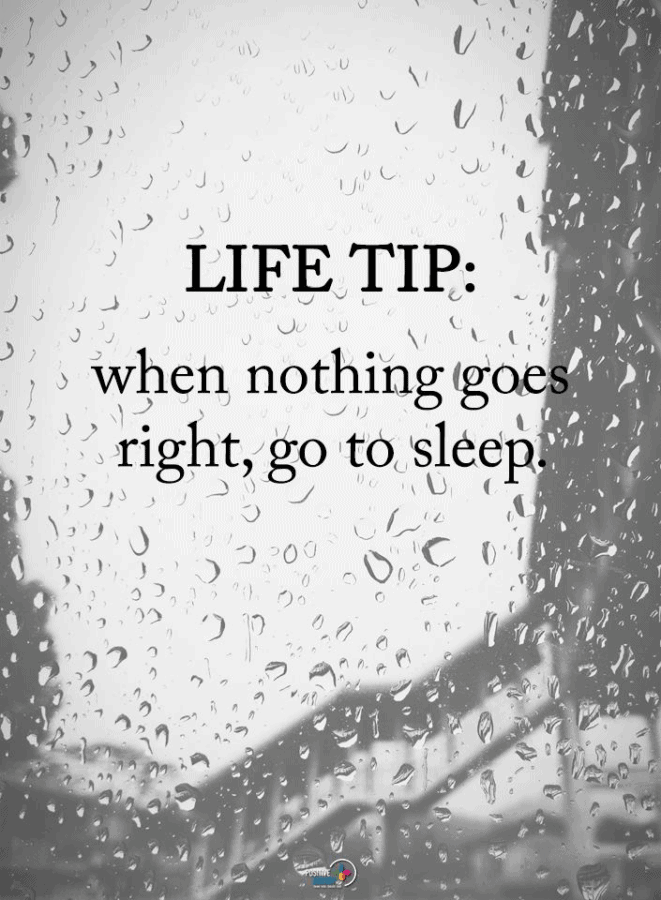The 4-7-8 yogic breathing method can help you relax enough to release anxiety and fall asleep. You can sleep quicker if you calm your racing or worried thoughts.
This yogic breathing technique is a relaxation exercise that requires keeping a ratio in your breaths. You’ll inhale for four counts, hold it for seven, and exhale for eight.
Many people can’t fall asleep because their minds won’t stop racing. You might be thinking of things that have already happened or worrying about tomorrow. Either way, it can prevent you from relaxing enough to fall asleep and rest peacefully.
Practicing the 4-7-8 yogic breathing method can help promote peace. It doesn’t put you to sleep, but it eases your anxiety enough to improve your chances of a good night’s rest.
How To Do The 4-7-8 Yogic Breathing Method
The 4-7-8 yogic breathing method has existed since ancient times but became more popular thanks to Dr. Andrew Weil. It is also called the “relaxing breath” because it requires breath regulation. The regulation can help you control your breathing, relax, and ease the anxiety enough to fall asleep.
Using this yogic breathing method requires practice, and you’ll improve each time you work on it. It doesn’t require any equipment; you can do it in any calm, quiet setting. Follow these steps to do the 4-7-8 breathing technique:
- Lay in a comfortable position, keeping your back straight
- Place the tip of your tongue on the roof of your mouth, specifically against the ridge of tissue behind your front teeth.
- Keep your tongue in place during the entire technique. Sometimes, pursing your lips makes it easier.
- Exhale through your mouth, making a whooshing sound until you have no air left.
- Close your mouth and count to four as you inhale silently through your nose.
- Hold your breath for seven seconds.
- Exhale through your mouth, making a whooshing sound, for eight seconds.
- Repeat the process four times, beginning a new cycle each time.
- Once you improve the practice, you can increase the technique to eight cycles.
Tips For the 4-7-8 Yogic Breathing Technique
Following the steps for this yogic breathing method can help you release anxiety and fall asleep. However, there are other tips you can follow to improve your practice. These tips include the following:
- Not doing it when you can’t relax: This technique doesn’t always make you fall asleep, but it promotes deep relaxation. Don’t practice it if you must stay fully alert, or staying focused and awake can be a struggle.
- Speed up the exercise if you have trouble holding your breath: When you first start practicing this technique, you might struggle to hold your breath for a full seven seconds. You can speed up the process if necessary, but keep the ratio the same.
- Don’t pressure yourself: This yogic breathing technique takes practice, so don’t pressure yourself for perfection. Go at whatever pace works for you, and work on increasing your skills as you practice more often.
- Form a habit: Practice the breathing method every day to get better at it. When you make it a habit, your body will recognize it as a stress response.
How Yogic Breathing Works, According to Research
Experts indicate the 4-7-8 yogic breathing technique can improve your heart rate and blood pressure. Breathing methods can help you relax your mind and body.
Holding your breath during the techniques can help you replenish your body with oxygen. It boosts the oxygen that travels to your organs and tissues, promoting overall health.
Finding ways to relax also balances your body and regulates the fight-or-flight response. With regulation, you’ll experience less stress and overcome potential triggers more easily. It will help you relax enough to fall asleep if you have trouble turning off your thoughts while lying in bed.
The 4-7-8 yogic breathing method helps you focus on your breathing instead of stress or worries. It improves your heart’s health and calms your nervous system enough to allow you to get some rest. This process also helps you resist distractions and relax your mind quickly.
You might not notice the effects of the 4-7-8 breathing technique the first few times you do it. It takes practice, and you’ll recognize the benefits the more you try.
This method can help activate your parasympathetic nervous system. The system affects resting and digesting, helping your body prepare for sleep. Triggering this system also can help you focus on something other than your anxiety.
Other Ways to Release Anxiety and Get to Sleep
The 4-7-8 yogic breathing method isn’t the only way to release anxiety and fall asleep at night. You can combine it with other techniques, including the following:
Using a sleep mask
A sleep mask goes over your eyes and can help you sleep better. It will block light and other disturbances around you, allowing you to relax and focus on sleep.
Listening to a white noise machine
A white noise machine can eliminate distracting sounds around you while you lay in bed. You can choose from sounds like a fan, ocean waves, rain, and other relaxing sounds.
Putting in earplugs
Ear plugs can block out noises in your home as you lay in bed to fall asleep. You can choose from different shapes and sizes to find the most comfortable earplugs. There are also foam plugs or pre-molded earplugs for further comfort.
Turning on relaxing music before bed
Studies show that listening to relaxing music before falling asleep improves your sleep health. It also helps you fall asleep quicker as it helps ease your anxiety.
Diffusing calming essential oils
Breathing in specific essential oils before bed can help you fall asleep sooner than when you don’t use them. Some oils that can help you sleep include lavender, bergamot, chamomile, cedarwood, and clary sage oil.
Limiting caffeine intake in the afternoon or evening
Caffeine promotes wakefulness and can cause issues with sleep and anxiety if consumed too late in the day. Experts suggest that caffeine stays in your body for five hours, so avoiding it five hours before bed can help.
Practicing yoga before bed
Yoga can help reduce stress, ease anxiety, and promote sleep. Focusing on your breathing while doing yoga can help with self-soothing and releasing tension. Some of the best yoga positions for getting rest include:
- wide-knee child’s pose
- standing half forward bend
- reclining bound angle
- standing forward bend
- legs up the wall pose
Mindfulness meditation
This technique focuses on breathing and awareness, calming your mind, and easing anxiety. Studies show that it reduces insomnia and fatigue while helping you fall asleep easier at night.
Guided imagery
This technique requires focusing on a specific sound, object, or experience to push away other thoughts. The things you focus on should be peaceful, helping calm your mind and promoting sleep. It reduces stress and anxiety, giving you the rest you need to function the next day.
Alternate nostril breathing
The alternate nostril breathing technique can lower stress, ease anxiety, and help you fall asleep at night. It also promises improved pulse and blood pressure. This method involves breathing in through one nostril and exhaling through the opposite one.
Sleep visualization
Visualization promotes unwinding, stress relief, and sleep health. It eases anxious or fearful thoughts and images, allowing you to focus on sleep or positivity.
You can visualize places you’ve been that triggered relaxing and peaceful feelings. Once you think of a location that promotes peacefulness, you should recall sensory details that bring positive emotions. Consider the colors, textures, temperatures, people, or time of day that made the place so peaceful.
Take a Warm Bath Before Bed
Research indicates that enjoying a warm bath can help ease anxiety and promote sleep health. The water should be warm but not too hot, as you should be comfortable as you relax in the tub.
What to Do If Nothing Helps You Sleep (even the yogic breathing)
There might be an underlying condition if the 4-7-8 yogic breathing method or other techniques don’t work. Sometimes, medical issues can trigger insomnia, and you’ll need medical intervention to help. These conditions might include the following:
- menopausal hormonal changes
- side effects of medications
- substance use disorders (suds)
- depression or other mental health disorders
- sleep apnea or other sleep disorders
- pregnancy
- restless leg syndrome
- autoimmune diseases
When you can’t overcome insomnia, consider talking to a professional. Contacting your doctor can help you determine the underlying cause and allow you to get help.
Final Thoughts on How to Do The 4-7-8 Yogic Breathing Method to Release Anxiety and Fall Asleep
Anxiety and stress can keep you awake at night, but yogic breathing methods can help. Practicing the 4-7-8 technique can help release anxious feelings and help you get some rest.
Managing your stress can be life-changing when it comes to getting enough rest to function fully. You can try the 4-7-8 breathing method with other techniques to help you fall asleep at night.

















 Community
Community

